TUESDAY, June 18, 2013
The afternoon at the Poetic Research Bureau listed the following on its menu:
Gnomes, aphorisms, propositions, fragments,
maxims, phrases, epigrams, mottoes, curses,
koans, haiku, quips, dry tweets, pensées.
I didn’t hear any curses or haiku. As for dry tweets, I was just as curious as Linda about what they were. On the way north from Long Beach, we talked about various permutations for dry tweet. Was it meant to connote “dry wit,” as in a tweet with a droll sense of humor? Is there anybody out there who plays the straight man in a tweet relay? Perhaps post-modernism was the straight man of the past half-dozen decades, and now finds itself having taken the game a little too seriously. What is youth for, though, if not to be outrageous in an understated way?
Up to this point, I have never tweeted. In fact, I don’t know anybody in my neighborhood who does tweet. I suppose it has its advantages: perhaps it could be thought of as a kind of spontaneous bumper-sticker. (Vinyl might be making a come-back, but bumper-stickers have become an endangered species.) One fear I have is that it might become incessantly demanding, and I would end up like the Sorcerer’s Apprentice.
If I do give it a try, it will be due to the prompting of Camilo Vergara, who attended a panel I was on at UCLA in mid-April, as a follow-up to the talk I gave at UCLA’s Special Collections in the Bonnie Cashin Lecture series. During the reception after the panel, Camilo invited me over to the residential apartments on Sunset Boulevard that the Getty Research Institute maintains for its visiting scholars. He told me he was going to be there only for a few more days, and since it had been years since we had spent any time together, I didn’t head home right away, but worked my way through the on-going construction on the 405 and slowed down on Sunset just in time to make the turn onto the street adjoining the two-story apartment building.
Both Camilo and I were the “outsiders” there back in the fall of 1996, when we were both part of the Getty’s year-long seminar on Los Angeles. The building had not changed much. We sat out on the patio near the swimming pool with his friend, Lisa, and reflected on how both of us arrived at the Getty with little sense of what we were going to do next. Neither of us had any institutional affiliation whatsoever, other than the cars we were driving. It was the kind of moment Paul Valery says that a biographer should be aware of in writing about her subject. The challenge for a biographer is to dispel the illusion of knowledge about the subject’s life and, instead of writing with foreknowledge, imagine what it was like for that person to move forward with absolutely no reasonable conjectures about potential or reliable outcomes. Camilo’s company was gratifying: there was still an undercurrent of bemused wistfulness about the process that had led us to being back together at this spot. It could have turned out in a far different fashion. I, for one, certainly felt like an interloper back then, and was all too aware that I was regarded as too ambitious for my station in life. At one point in our conversation there was a pause, and I felt a rush of associations. I blurted out: “God is an overachiever.” “You should tweet that,” Camilo said. I replied that I was not yet part of that social economy, and he empathized.
Later on in the evening, we all went into his apartment and he showed me his new work, which was nothing short of absolutely precise in its panoply of imbrued coloration. The time change between the East Coast and Los Angeles was waking him up at 3:00 a.m. and so he was going out to photograph at night. The inhabitants of the buildings in his photographs might not necessarily recognize what they were looking at. I’m exaggerating, of course, but I suspect they would be startled by the obstreperous, tawdry glow of the degraded entrances and exits of their daytime lives, all of which were locked down in a nocturnal prison. If you don’t know Camilo Vergara’s work, go to http://invinciblecities.camden.rutgers.edu/intro.html
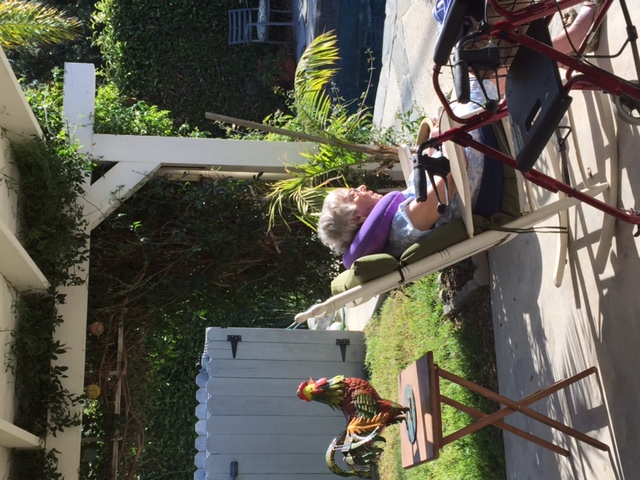
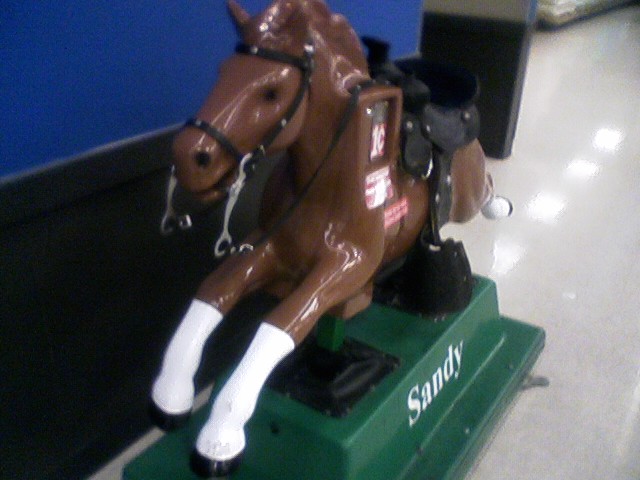
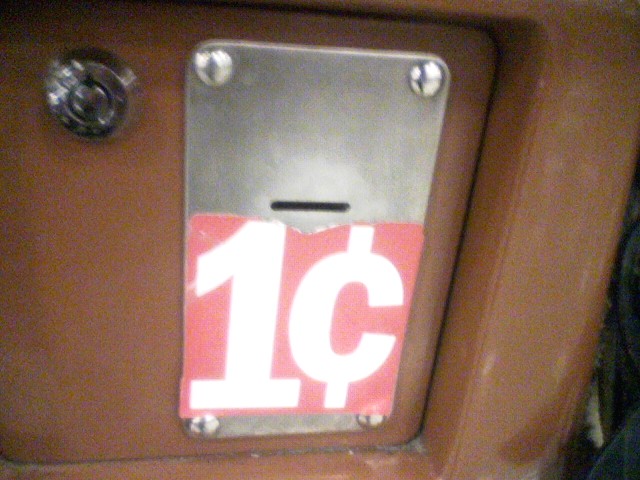
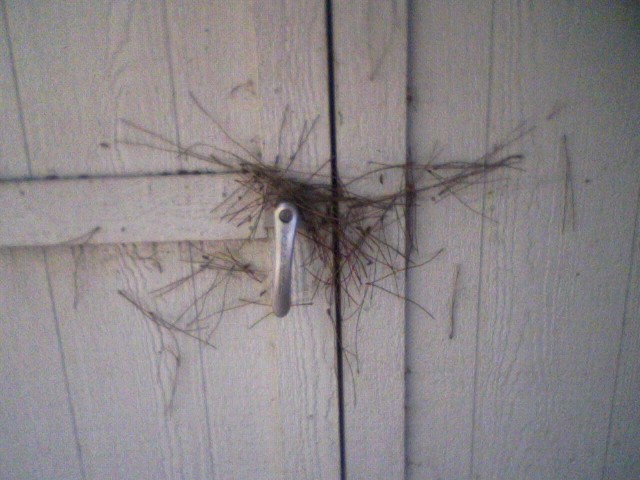
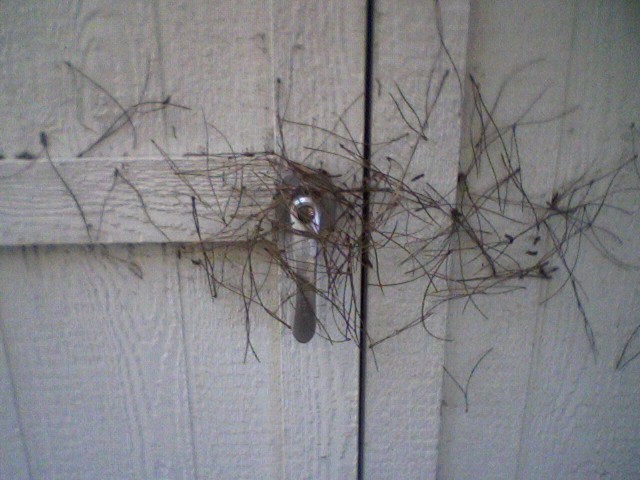
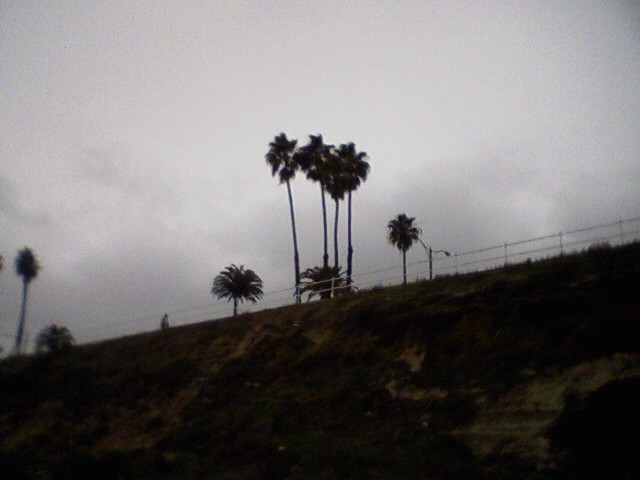
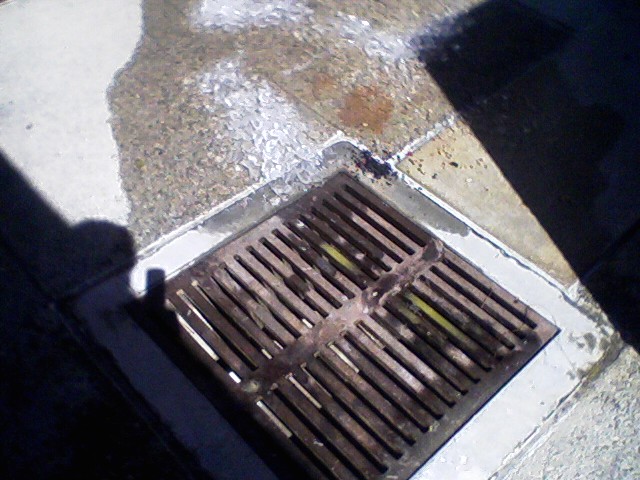

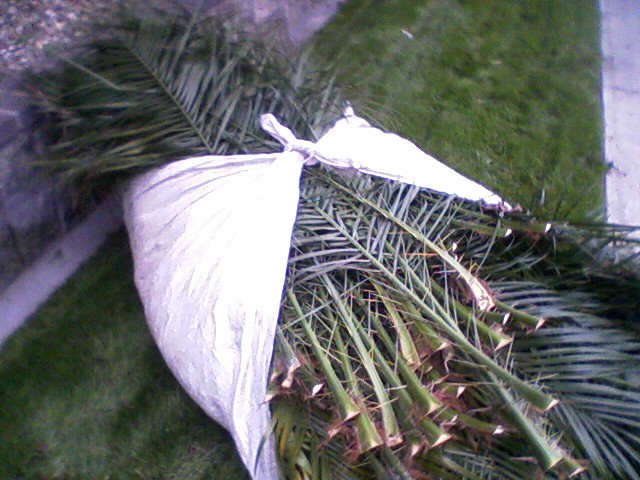
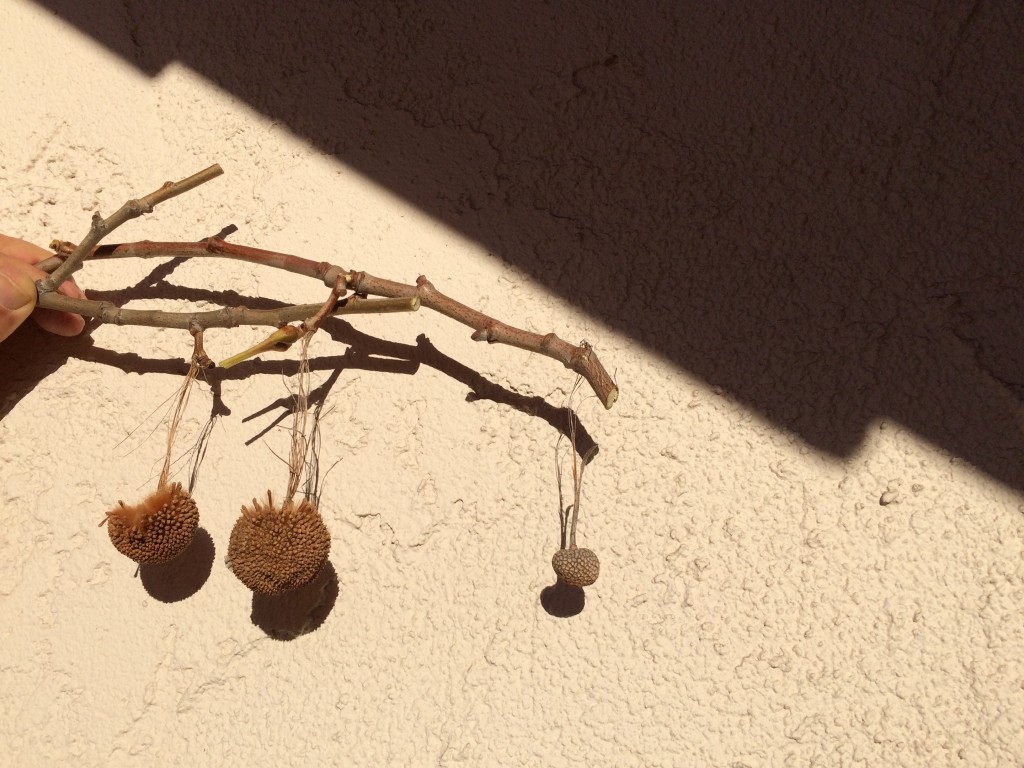
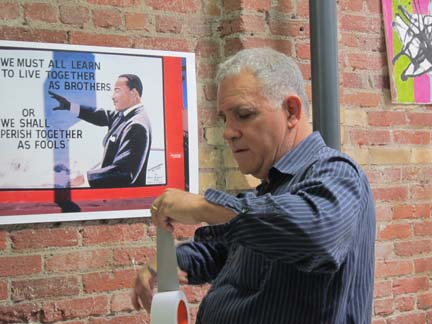
 About Bill Mohr
About Bill Mohr